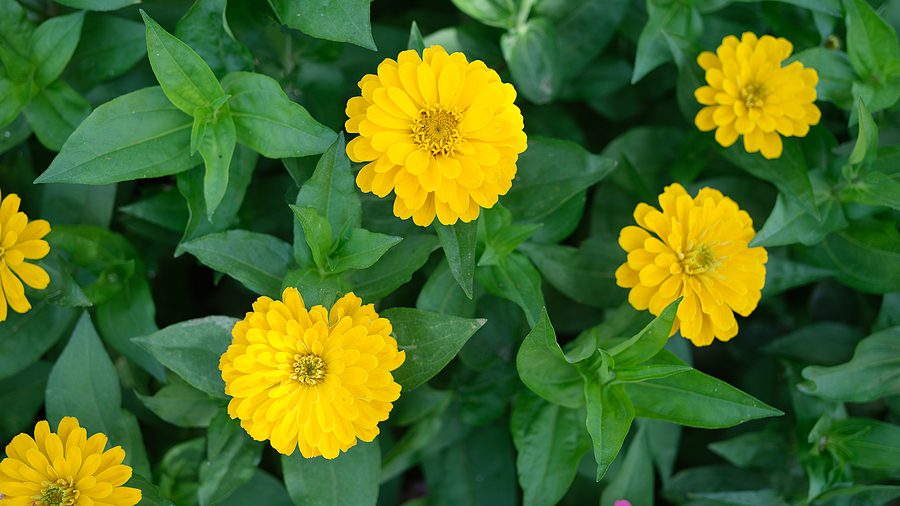Albuquerque Annual Flower Planting – The Right Time to Plant Annual Flowers and How to do It the Successfully

This article will cover the fundamentals of Albuquerque annual flower planting, such as when to plant annuals and the strategies that may be utilized to increase the likelihood of success. When annuals are planted in beds or containers, it signifies the beginning of a season-long display of eye-catching blooms and foliage. Annuals have a short growing season and work quickly to produce blooms and vivid foliage before being killed by the cold. Getting a head start on the seasonal display is helpful by being aware of when annuals should be planted. Learning how to cultivate annual flowers is another important step in achieving success.
There are annual plants that do better in the cooler months of the year, while others require a little heat in the summer to show off their stuff. In general, garden centers stock the annuals suitable for the current season or the one rapidly approaching. If in doubt, ask. This is of utmost significance in the first few weeks of spring, when summer annuals have already begun their growth season within the comfortable confines of a heated greenhouse. Once exposed to the chilly spring evenings, they frequently cease their growth rate. Planting these heat-loving annuals too soon can be a death sentence, as the chilly air and cool soil can cause the plants to stall out or even decay if the planting is done too early.
On an overcast day, you should sow your seeds for the best results. This shields recently planted annuals from the harmful effects of sun stress seedlings while they are still getting used to their new surroundings. Taking care of the responsibilities associated with planting in the evening is another alternative; this allows the plants the opportunity to recover throughout the night. If you must plant on a sunny day, consider creating a shade mechanism to protect the seedlings. It is sufficient to use a flat piece of bedding plant or a piece of cardboard to provide shade. Before you plant annuals in a bed, it is a good idea to arrange the plants in their pots in the pattern you will use when planting them in the bed. If you are going to plant anything in a container, set other pots up in the work area next to the container. When using in-ground beds, adjust the spacing to correspond with the mature plant size. Allow the plant adequate space to stretch out and grow.
Learning how to plant annuals is a relatively easy skill to acquire. Be sure to give any bone-dry annuals a drink of water before removing them from their cell packs or pots. When it comes time to plant, root balls should be damp. Never remove annuals from their pots; doing so is a surefire way to damage the stems. Instead, take the plants out of their pots by giving the pot a light squeeze, then turning it upside down while holding the annual stem in your hand. It should come out easily. Dig a shallow hole large enough to cradle the root ball of an annual plant either by hand or with a trowel. If planting many annuals, try the stab-and-plant approach, which professional landscapers use.
Keep the blade of the trowel pointing down and the concave side of the trowel towards you. Insert the trowel into the ground, and a hole will be created behind the blade while pulling the handle forward. After removing the annual plant from its container and placing it in the hole, tamp the earth around it. This approach is most successful when applied to loose soil. After planting, annuals require constant watering. Use a watering can, hose-end sprayer, or watering wand to administer water as a light rain shower. Soak the soil to a deep level. A layer of mulch should be applied to prevent water from evaporating from the soil and suppress the growth of weeds.
